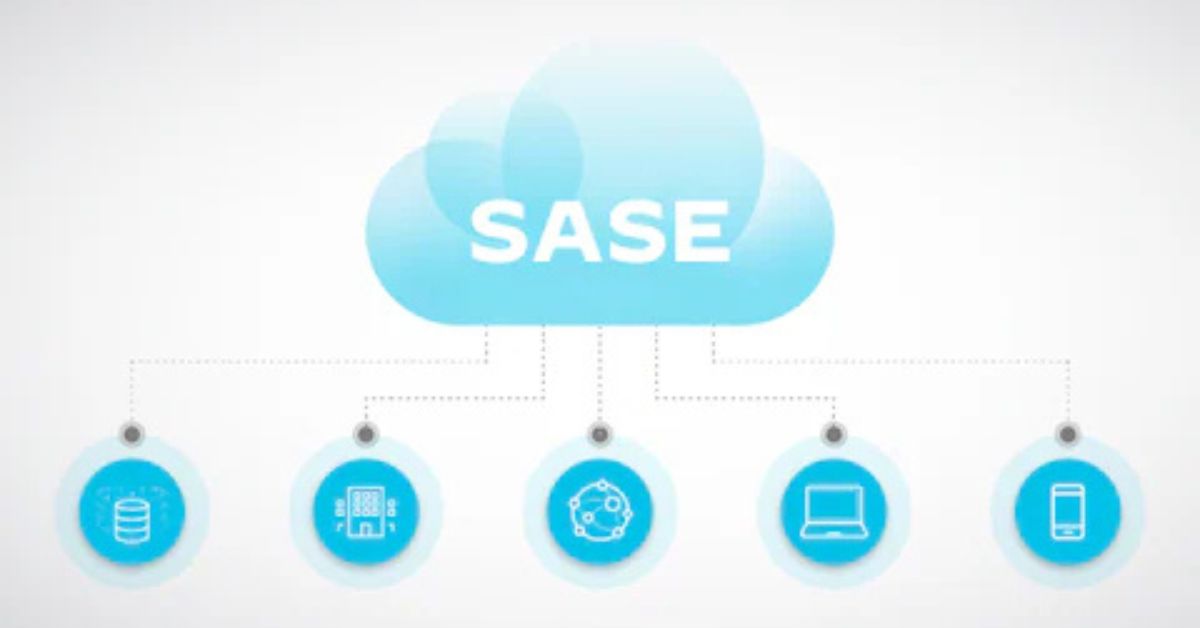In today’s fast-paced digital environment, the landscape of cyber threats is rapidly evolving, posing significant challenges for businesses of all sizes. With cybercriminals employing more sophisticated techniques, organizations must bolster their security measures accordingly. The transition to digital-first operations, driven by trends like remote working and cloud adoption, has exponentially increased potential points of vulnerability. Moreover, businesses are now more than just defending traditional perimeters; they must also guard against threats that can originate from anywhere in the world. The consequence of a breach is often severe, affecting everything from financial standing to brand reputation, thereby underscoring the necessity for robust, adaptable security solutions.
NGFW: Next-Generation Firewalls Demystified
As traditional firewalls become increasingly inadequate in addressing the complexities of modern network threats, enterprises are turning to the more advanced capabilities offered by NGFW. Unlike their predecessors, Next-Generation Firewalls provide a more comprehensive security solution by integrating application awareness and deep packet inspection features. This allows for efficiently identifying and controlling applications while offering enhanced protection against sophisticated threats like malware and botnets. Additionally, NGFWs enable organizations to implement sophisticated security policies at the application level, offering a deeper and more nuanced understanding of network traffic. Such granularity is indispensable in crafting a reactive security framework that proactively mitigates emerging risks.
Key Features
The hallmark features of NGFWs include traffic analysis capabilities that reveal the nature of data flows across the network and SSL inspection, which allows for traffic scanning within encrypted streams. These features work synergistically to identify and intercept malicious data packets in real-time. Moreover, policy enforcement mechanisms facilitate the creation of rules that govern network access, which is instrumental in upholding data integrity and privacy.
SASE: Secure Access Service Edge Explained
SASE, or Secure Access Service Edge, transforms how businesses conceptualize network security by delivering a unified platform that integrates networking and security services. This convergence is attractive for organizations that seek to simplify their technology stacks while enhancing operational efficiencies. SASE offers comprehensive threat protection through capabilities like data loss prevention, endpoint protection, and identity management, which are pivotal in safeguarding modern digital environments. This architectural shift reduces the complexity of managing disparate technologies and offers a pathway for scalable IT operations that can adjust based on changing security needs.
Benefits of SASE
Among the most cited advantages of adopting SASE are its streamlined security functions, including unified threat prevention. By combining multiple security measures into a single service, SASE delivers cost-effective solutions that enhance performance and facilitate centralized management. The resultant reduction in overhead and increased efficiency enables companies to reallocate resources toward other strategic initiatives, fostering growth and innovation.
The Strategic Importance of Combining NGFW and SASE
Organizations that integrate NGFW and SASE technologies are well-positioned to craft a multidimensional security strategy that is both comprehensive and adaptable. The seamless integration of these technologies ensures that security measures evolve in tandem with threats, providing a layered defense that is more resilient to the increasingly sophisticated tactics employed by cybercriminals. By synergizing NGFW and SASE, businesses can benefit from a holistic approach to security that safeguards traditional and cloud-based environments and offers superior scalability and flexibility in operations.
Cost-Effectiveness
The integration of NGFW and SASE can lead to significant cost savings. By consolidating security services, businesses can reduce the complexity of their IT infrastructure, leading to reduced maintenance costs and lower demands on technical staff. This operational efficiency allows organizations to invest more in strategic areas, driving innovation and competitiveness in their respective markets.
Implementation Strategies for Modern Enterprises
Successfully implementing these advanced technologies requires a comprehensive assessment of existing infrastructures. This involves a critical analysis to identify vulnerable touchpoints and determine areas where security can be fortified. Organizations are advised to adopt a phased approach to integration, allowing for strategic deployment that minimizes disruptions to existing operations. Continuous training and development for IT personnel are essential, ensuring staff members have the knowledge and skills to manage new technologies effectively.
Step-by-Step Integration
Implementing NGFW and SASE technologies is best carried out through a phased rollout, ensuring teams can manage changes systematically. Continuous testing and feedback loops are vital to address gaps or hiccups during the transition. This provides an evolving security framework to meet the organization’s unique needs and challenges.
Future Trends and Innovations in Network Security
With advancements in machine learning and artificial intelligence, the future of network security is poised for transformative changes. These technologies offer predictive capabilities that enable organizations to anticipate and autonomously respond to threats, thereby enhancing the efficiency and effectiveness of their security postures. Furthermore, automation will be pivotal in managing security resources, enabling automatic updates and responsive measures that leave less room for human error.
Conclusion and Moving Forward
In conclusion, the rapidly evolving threat landscape requires organizations to remain vigilant and adopt innovative and resilient security frameworks. By integrating NGFW and SASE, businesses can take a proactive stance against potential threats, safeguard their digital assets, and ensure operational continuity. These solutions provide a seamless and unified approach to security, addressing the growing complexities of hybrid work environments and cloud adoption. Regularly auditing and updating security policies can further enhance an organization’s ability to counteract sophisticated attacks. Staying abreast of emerging trends and continuously adapting security measures will be crucial as organizations strive to maintain a secure and innovative edge in the digital age.
Also Read: Seamless Shipping: Best Practices for Transporting Goods from Canada to the US.



